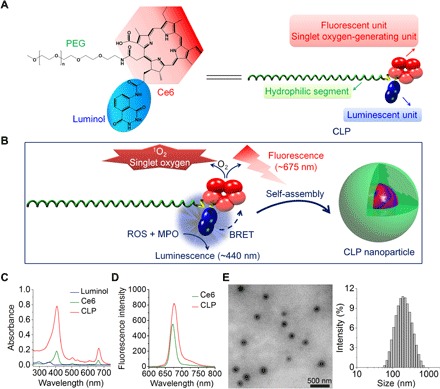Fig. 1. Engineering of a self-illuminating nanoparticle with luminescence, fluorescence, and intrinsic singlet oxygen generation capabilities.

(A) Chemical structure and schematic of a designed amphiphile of a CLP conjugate. (B) Sketch of self-assembly of the CLP conjugate into a core-shell structured nanoparticle. Through BRET between the luminol and Ce6 units, luminescence originating from the energy donor luminol upon triggering by inflammatory mediators of ROS and MPO may excite the acceptor Ce6 to produce fluorescence and singlet oxygen (1O2). (C and D) UV-visible (C) and fluorescence (D) spectroscopic characterization of CLP. (E) Transmission electron microscopy (TEM) image (left) and size distribution profile in deionized water (right) of assembled CLP nanoparticles.
